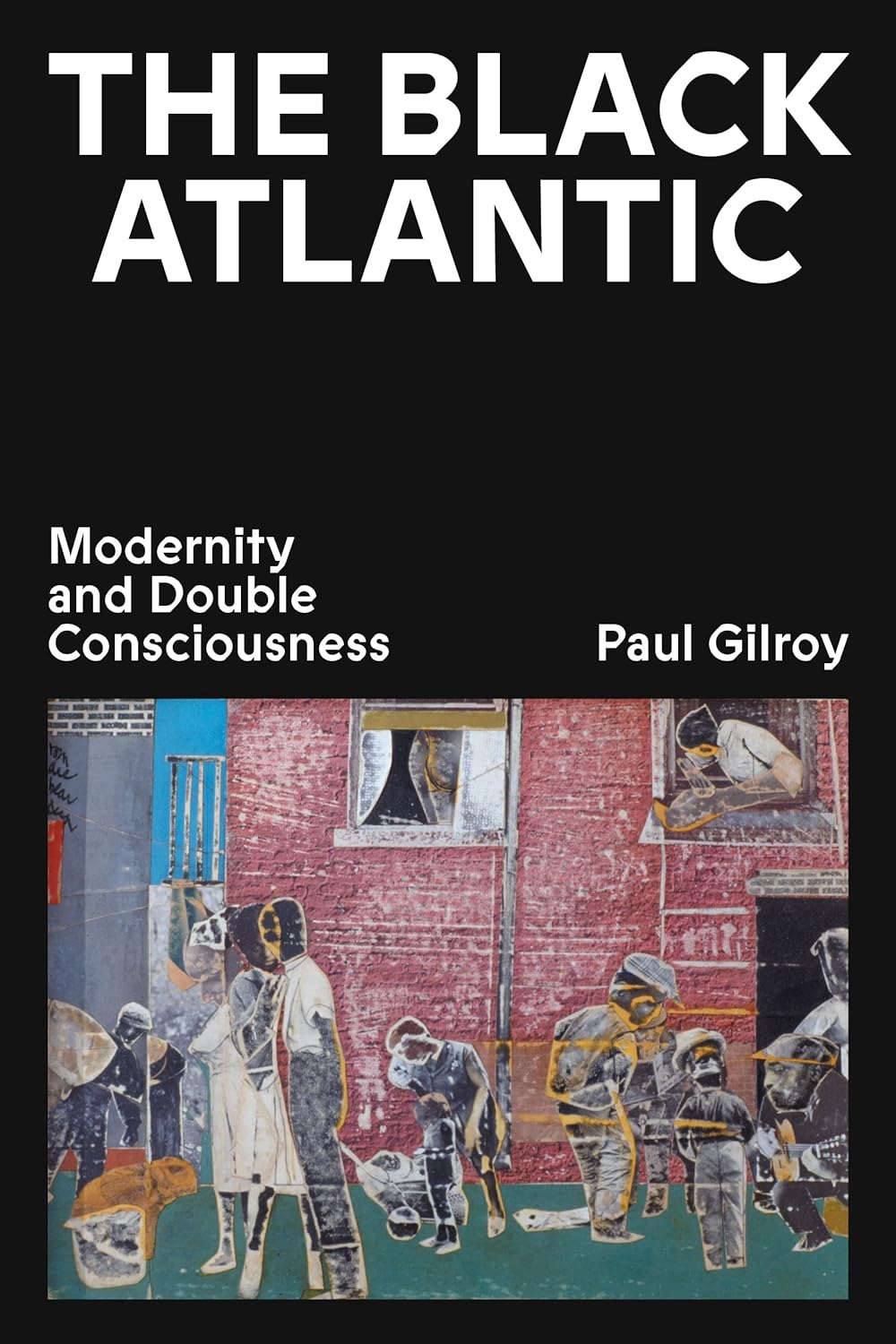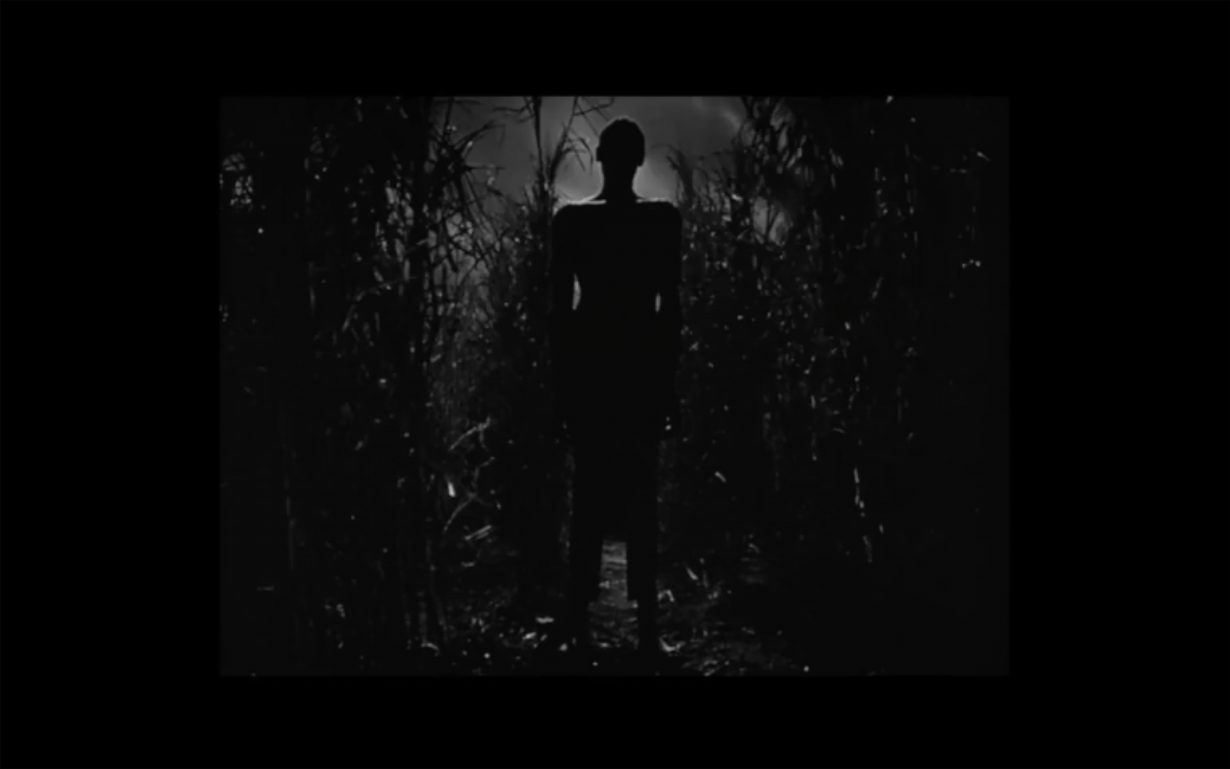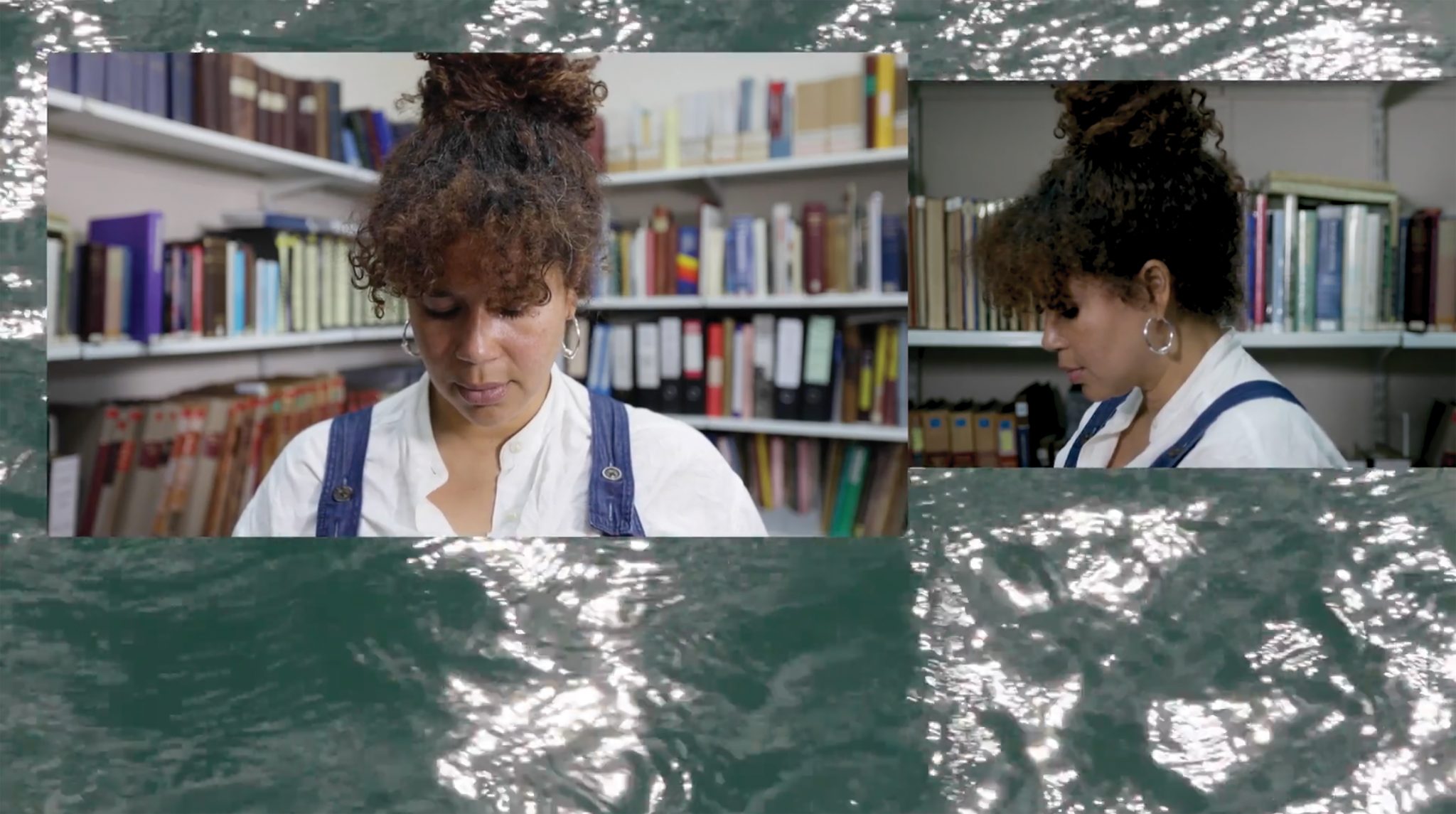Where does Paul Gilroy’s monumental work stand in today’s cultural sphere?
The natural condition of the intellectual is one of embarrassment at describing pleasures and joys for which his reflections will only ever be an inadequate stand-in. Paul Gilroy’s The Black Atlantic, published three decades ago this month, is one such monument to the inadequacies of intellectual labour. Roughly, its thesis is that there is a variety of human experience which our intellectual traditions – and by this he means both Western-influenced conservatism and radicalism of the Marxist sort – is unable to comprehend. The task of The Black Atlantic is to describe the novelty of the culture produced by the Black populations in the Caribbean, the United States and Great Britain (about Africa, Gilroy has little to say). A certain kind of intellectual elitism, despite claiming to care about artistic self-expression, is incapable of even getting this culture or the experiences which inspire it into view. In place of an understanding, these standpoints, essentialism and postmodern hostility to all forms of fixed identity, defend their rival opinions about race with scant interest in the actual feelings which cultural products evoke.
The culture of the Black Atlantic is, Gilroy claimed, one in flux. Formed by the movement of people across the Black diaspora, its lifeworld is geographically unmoored and does not conform easily to racial essentialist ideas about Black identity. The travels of the former slave Frederick Douglass across the United Kingdom; W. E. B. Du Bois’s studies in Germany and pan-African inspired visit to Egypt; Richard Wright’s sojourns in Paris: all of this provides models for a culture which was influenced by the West without being confined to its moral and aesthetic standards. Imbued with an enthusiasm for globalization and popular culture characteristic of the spirit of 1990s, Gilroy argued that its natural heir was to be found in music: dub which fused reggae with electronic music, hip-hop and the Black punk tradition found in bands like Washington D.C.’s Bad Brains. The influence of the Black Atlantic is key to making sense of what Gilroy described as ‘black music’s obstinate and consistent commitment to the idea of a better future’.
However – and this was Gilroy’s core contribution – two prejudices prevent us from appreciating the novelty of these cultural developments: racial essentialism, which insists that Black music is guided by an ideal of authenticity; and pluralism, which denies the idea that there is anything like a coherent Black identity. The first reduces cultural criticism to a ‘fixed dialogue between a thinking racial self’, that is a culturally sensitive Black interpreter of Black traditions, and ‘a stable racial community’; the second ignores the basic fact that people do draw on notions of race to interpret the world. The contemporary equivalents of these positions are the writers that insist that only Black people can understand Black cultural products, and the post-racial fanatics who accuse anyone who mentions race of importing alien American concepts.

The Black Atlantic charted a middle path between these positions. Using the metaphor of a (slave) ship moving between coastal towns, it sought to explain the emergence of a culture which was shaped by the movement of a singular people between metropolitan hubs. Across these ports, an alternative modernity was being constructed. Essentialists and pluralists were, unfortunately, incapable of understanding it; the same was true of the so-called radical thinkers on the New Left.
On the Marxist left, E. P. Thompson, author of The Making of the English Working Class (1963), conceived of his country’s history in a way that was too hermetically sealed. His history, which moved between eighteenth century working class reading clubs to the utopian socialism of the nineteenth, attempted to construct an alternate history of its subject against critics who had accused England of being without a radical tradition. But in its nationally restricted focus, it reproduced a hermetically closed vision of English society indifferent to the influences of Black writers and artists which had, Gilroy claimed, played a significant role. On the liberal left, Jürgen Habermas’s view of communication as the foundation for any critique of society was promising, but did not incorporate the standpoint of the Black diaspora whose existence was crucial to the development of the West. The popular culture of the late twentieth century, the subject to which Gilroy turns with the most alacrity, has, Gilroy argued, been shaped by forces which neither Thompson’s narrow English history nor Habermas’s rose-tinted liberalism were capable of appreciating – let alone take pleasure in.
It was into these heady debates that Gilroy entered when he wrote his book during a period of political retrenchment and cultural efflorescence. By 1992, the mainstream British left had abandoned any pretentions of commitment to an alternative to capitalism and Thatcher had launched an all-out attack on the institutions and culture of the working class, where collective action was supplanted by the liberal idea of a property-owning democracy. At the same time, the Black Arts Movement was in full swing across both sides of the Atlantic. The Black Atlantic wished to make sense of how the dogged optimism of the dub, hip-hop and punk of the 1970s, 80s and 90s could have appeared under conditions of such political defeat. Gilroy’s answer was that its origin was rooted in the history of slavery and its aftermath which ran parallel to that of the West.


Within this tradition, he contended, stood a radicalism which owed its subversiveness to its exclusion from Western institutions, especially those of education. ‘The expressive cultures developed in slavery continue to preserve in artistic form needs and desires which go far beyond the mere satisfaction of material wants’, Gilroy claimed.
But Gilroy’s thinking, which seemed to elegantly cut through essentialism and race-blind liberalism, inadvertently reproduced the problems of both. Ways of interpreting culture which relied on ideas of racial purity or denied the existence of race all together are, he rightly observed, guilty of producing unrecognisable images of the cultures they claimed to be interested in. Gilroy’s cosmopolitanism, disdainful of nationalism and often focused on exceptional figures who moved fluidly across borders, ignored the extent to which culture was developed within the geographical and linguistic confines of a particular community. That is, his hostility towards nationalism stopped him from seeing how Black culture was inextricable from the development of the artistic culture of specific nation states.

The blues tradition in the US, for instance, was formed not by the influence of a cosmopolitan north, but, as the historian William P. Jones has observed, communication and movement of workers between the sawmill towns of the American South. These rhythms had their origin in the local development of American industrial capitalism and were as far removed from Gilroy’s ideas of the Black Atlantic as could be imagined. Appreciating them required focusing on patterns of local speech and the habits of small communities and turning away from the sweeping multi-continental history which Gilroy outlined.
The conceptual framework of The Black Atlantic, focused as it was on the big picture, ignored the possibility that it could, ironically, be the provincialism of a particular Black tradition which made it so evocative. Some of today’s most innovative cultural developments – the novels of the American writer Percival Everett or the films of French-Senegalese director Alice Diop – have relied not on embracing the notion of a Black Atlantic, but on restricting their focus to a specific local context. There, artists like Everett and Diop have been forced to confront an America or France which is capable of being dreary and parochial – far less epic than the kaleidoscope produced by Gilroy’s era-stretching narratives about race and identity. In Diop’s case, disinterest in a Black Atlantic has allowed her to focus on minority cultures in the working-class suburbs of Paris – her only subject thus far – and carve out a an alternative to the twin dangers of essentialism and pluralism.
